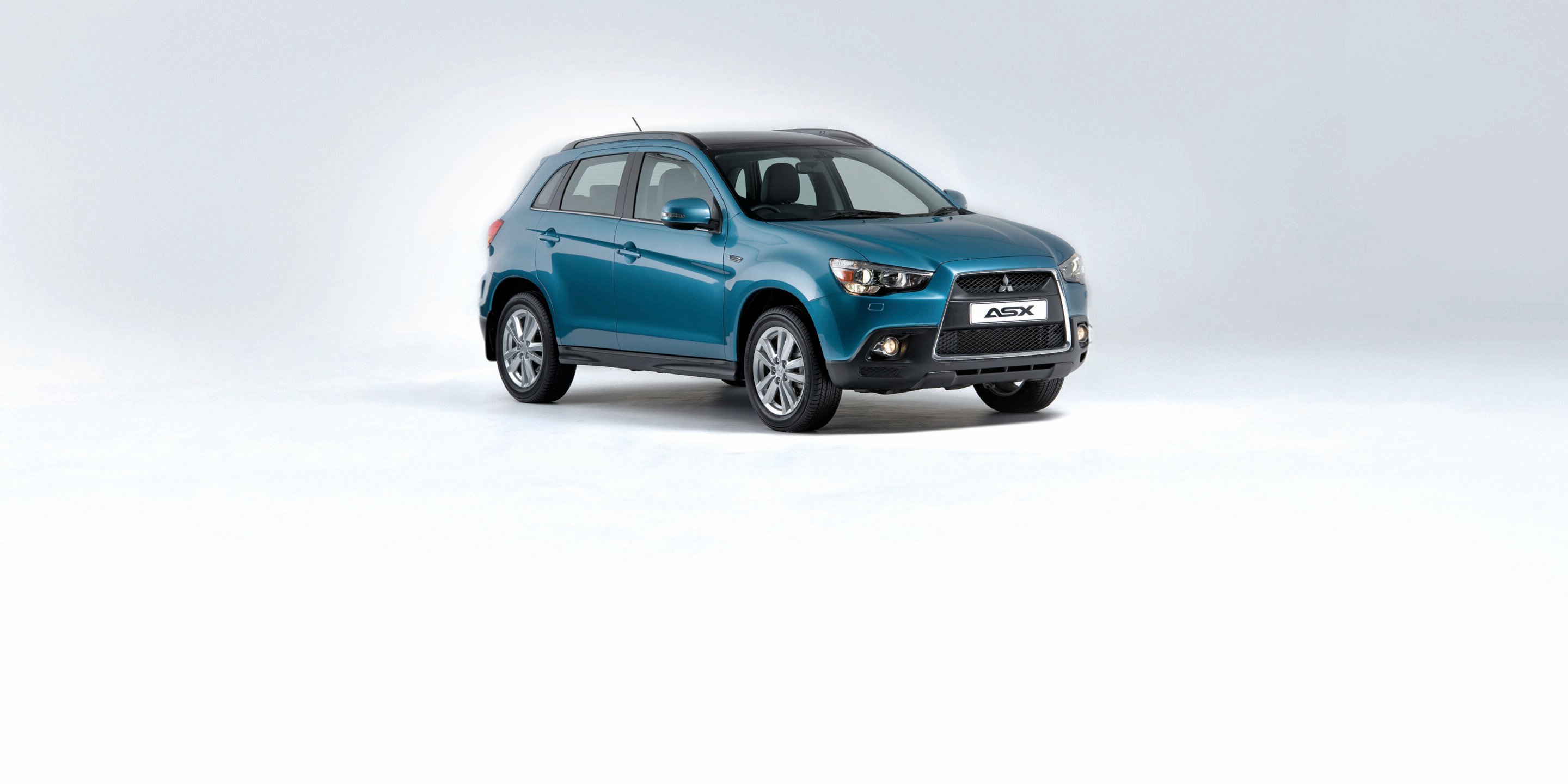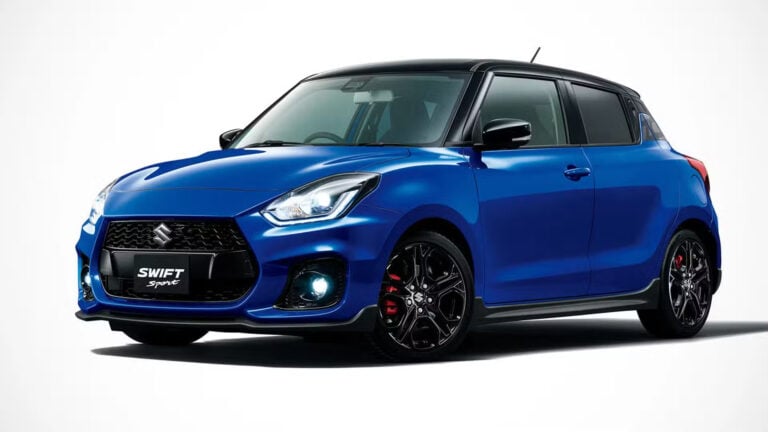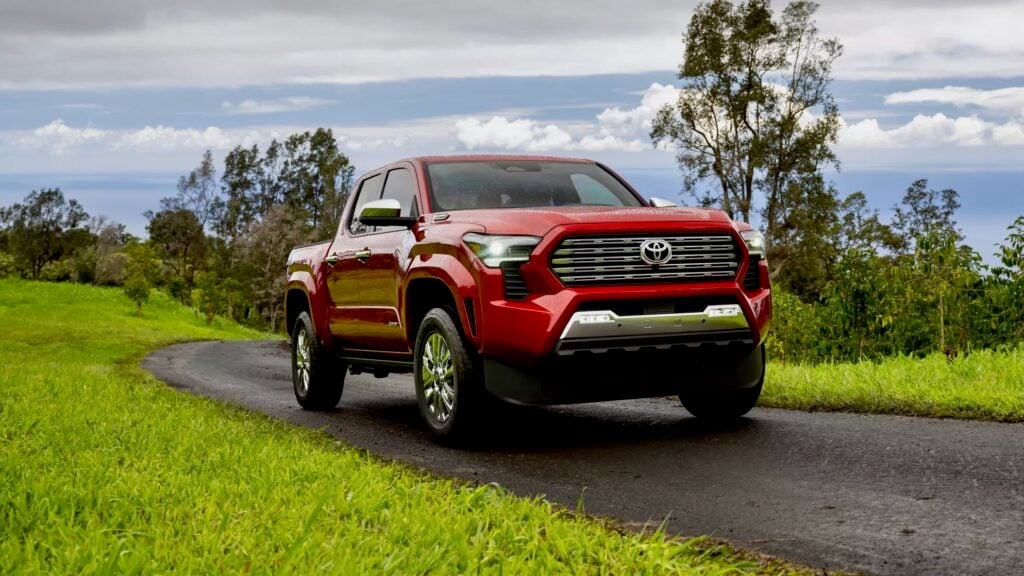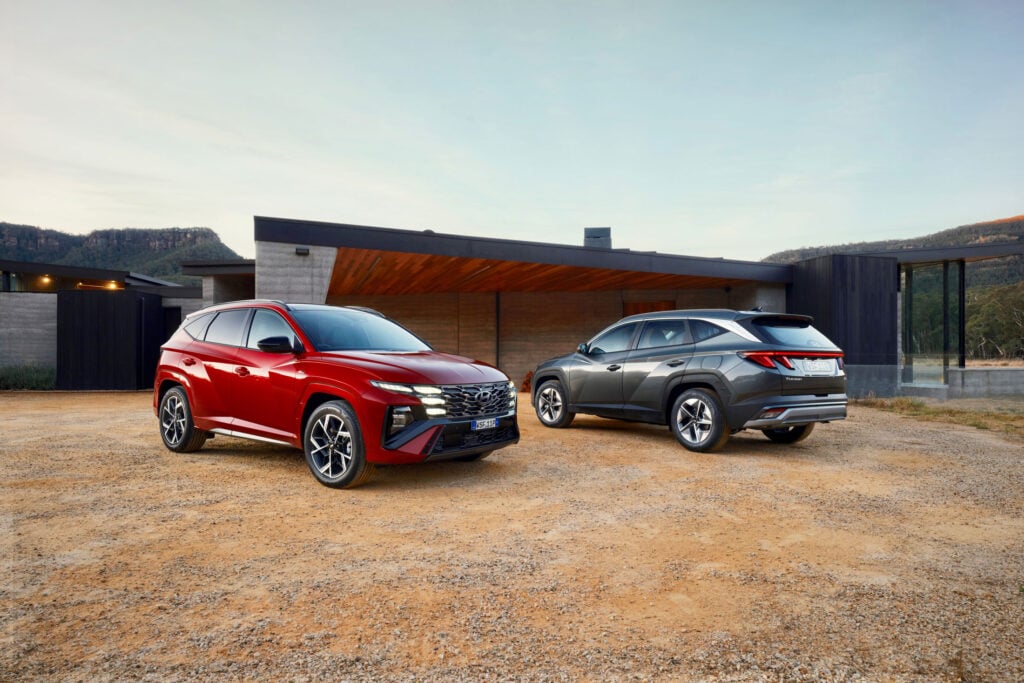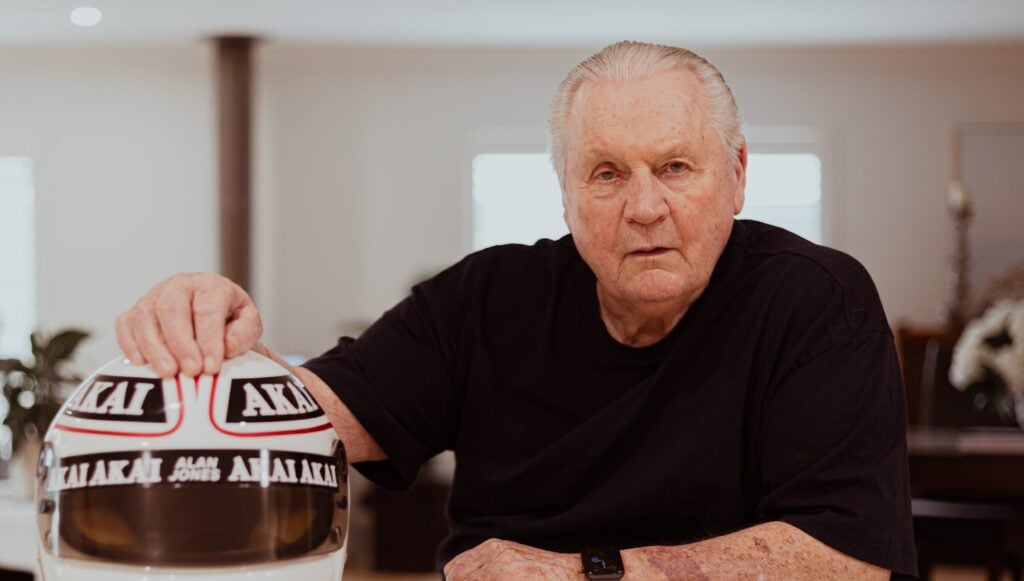Across the previous 59 instalments of Driven To Extinction, we have featured just one Mitsubishi – the Mirage back in March 2022. The reason?
Mitsubishi rarely kills its cars off. They just seem to soldier on in perpetuity until they run into the buffers of external forces.
Take the Mitsubishi ASX as a case in point. By any measure, this has been a hugely successful vehicle in Australia. It’s been on sale here for 15 years in its first generation GA guise, having enjoyed a number of minor cosmetic nips and tucks along the way.
It hasn’t been that way around the world. Over in Europe, the ASX became a rebadged Renault Captur in 2023, and that was spectacularly short-lived, being replaced by a version based on the Captur II just a year later. That version is now destined for the Aussie market as we bid farewell to the old ASX, hustled out of dealers because it can’t comply with ADR23 crash-avoidance regulations that came into force in March, 2025.
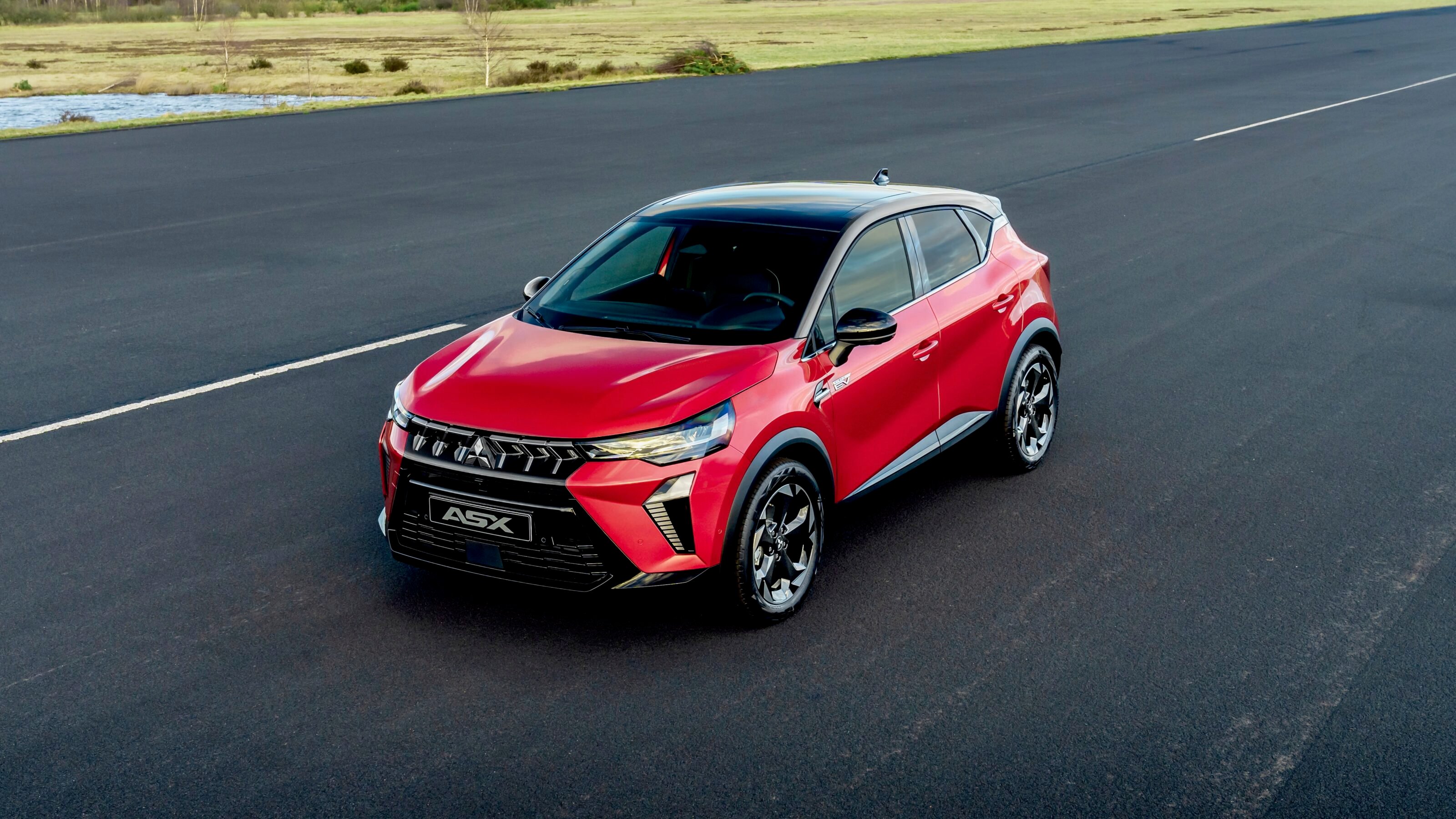
It’s been a bit of a slow burn for Mitsubishi in this country. Introduced in 2010, it scored its best sales year in 2019, when it shifted 20,806 units. Since then, sales tailed off down to 9176 units in 2023 before picking back up in 2024 with a very respectable 12,330 registrations.
To some the ASX seems like a vehicle that has long overstayed its welcome, which offers nothing progressive and which has – like Keith Richards – just refused to die. Look at it through a different lens, however, and there’s been a great deal to admire about it. It was tough, reliable, handsome, inexpensive, fairly spacious for its class and came with a great warranty. For an undemanding buyer who had yet to gain trust in Chinese challenger brands, it was an easy decision to make.
Things may not stay that way. Its successor might well have a tougher time establishing trust with the Aussie buyer. In July 2023, Mitsubishi global CEO Takao Kato acknowledged this fact when he told a roundtable of Australian media that “I’m not very sure if it can be a success or not. People know that is a vehicle from Renault and not a real Mitsubishi, and I’m not very sure if it will be very well accepted by the Australian market.”
Part of the challenge that Mitsubishi faces with the new ASX is that not only will it be a smaller vehicle than the outgoing car, but it also looks likely to be markedly more expensive. In part that’s because it contains more equipment but also because it’s built in Spain, meaning it’ll attract a 5 per cent import tariff. That was never the case with the Japanese-built ASX which avoided the impost because of a free trade agreement with Japan. Prices could rise from the outgoing car’s $25,000 base to a figure closer to $35,000. At that price, many more talented contenders suddenly coalesce into the compact SUV buyer’s focus.
It’ll have big boots to fill. There aren’t many cars that are a brand’s biggest seller after 15 years in market. Perhaps that says more about Mitsubishi in general but the unglamorous ASX, by an indefatigable process of attrition, more than earned our respect.
Origin story
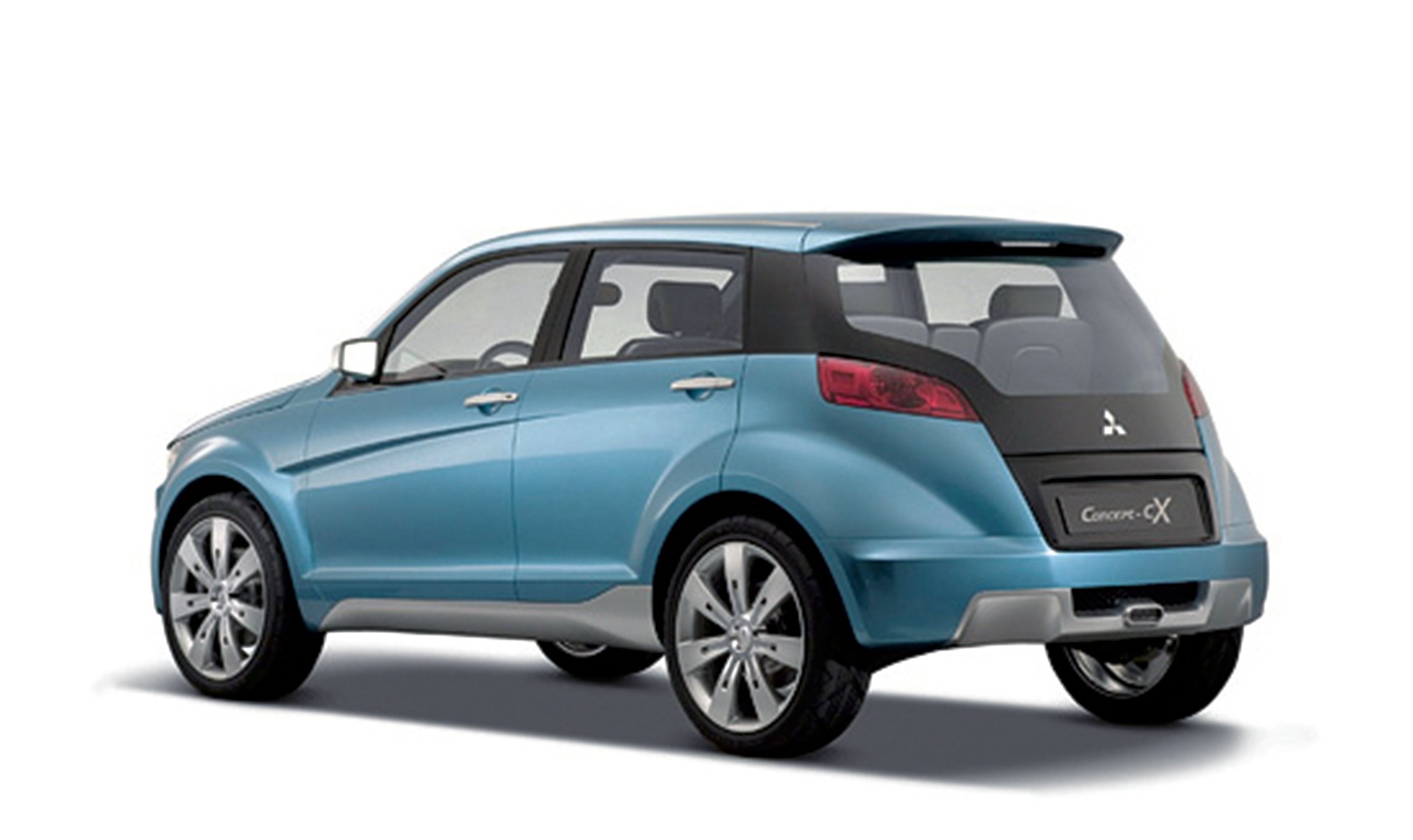
The design study for the original ASX (Active Sports Crossover) was the Concept-cX prototype, built on a cut-down version of the Outlander’s underpinnings. First shown at the 2007 Frankfurt Show, the eventual production version carried the RVR name in its domestic Japanese market, along with South Korea and Canada, whereas it’s known as the Outlander Sport in the US, Argentina, Brazil and Indonesia. Puerto Rico couldn’t decide which name they preferred and ended up with both Outlander Sport and ASX-badged models.
This article originally appeared in the June 2025 issue of Wheels magazine. Subscribe here.


